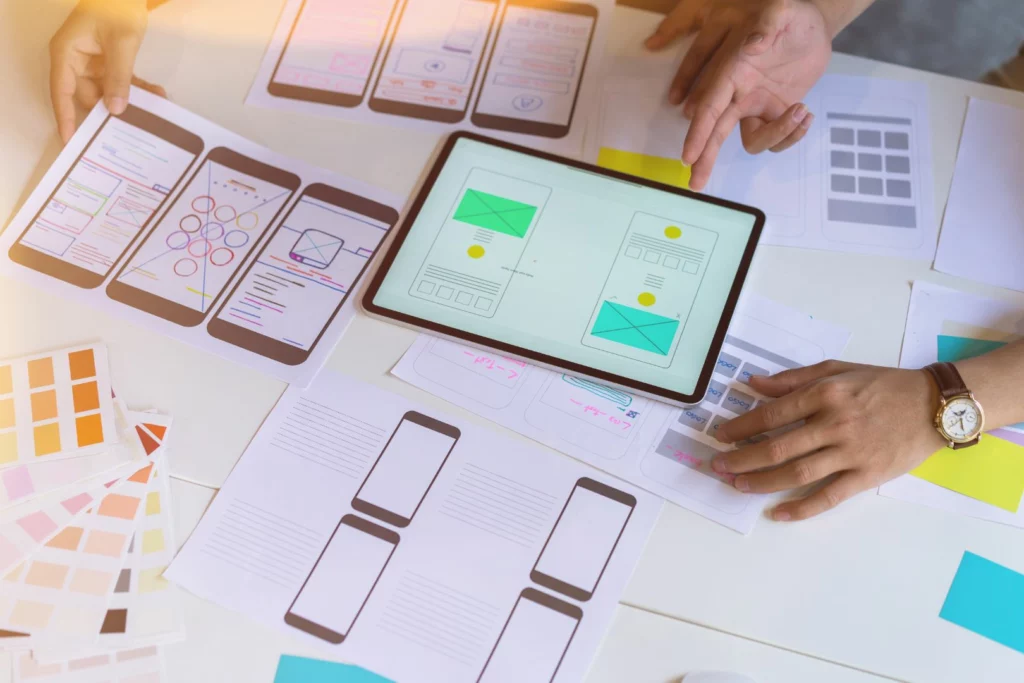Blog updated July 2020
From our experience a new B2B ecommerce company might see conversion rates of around 1% to 2%, with desktop significantly outperforming mobile. For well-established online B2B business, conversion rates can be 6% to 8%, with desktop conversion rates (8% to 9%) being higher than mobile (2% to 3%).
We have seen this trend continue beyond 2018, where generally desktop outperforms mobile in terms of conversion rates for B2B businesses.
Many companies use their ecommerce conversion rate as an important performance measurement and invest in conversion rate optimization to improve their overall business success.
However, are conversion rates really what they appear to be?
B2B ecommerce is a complex process, so it’s not surprising that there’s more to conversion rates than the simple proportion of visitors to your ecommerce site who buy products or services.
We thought it would be interesting to take a look at some of the ideas that are influencing B2B thinking about conversion rates in 2018 and beyond.
Objectives
It’s important to set the right objectives. You might be looking for quality online leads to pass on to your sales team or for direct online sales.
You might want to track the leads you generate to see which ones finally make purchases. Will you treat this as one or two different conversion rates? (the lead and/or the sale).
If you choose to treat the sale as your measurement, what will that tell you about your online lead generation process?
Definitions
So, depending on your objectives, a conversion might not be a sale. You might want subscribers, downloads, completed online forms or a specific response to a call to action.
In general, you might choose to look at a conversion as a step in the process that builds a relationship with your current and potential buyers. To measure your results, you could put a nominal value or weight on each step.
Determining the value for each conversion and conversion type is important to gain a greater insight into your B2B conversion rate. When assigning these values to the conversion type think about what value they add to your business. For instance, someone filling out a contact form requesting a call back or more information about your offering is certain to be more valuable to you than someone downloading a brochure from your website.
Validation
Should you include all visitors to your site, even those who leave immediately?
One action you can take to make your conversion rate meaningful is to set criteria for the types of visitors and their actions during their journey through your site.
This might include new versus returning visitors as well as those who select specific added value content during their visit. You could set different criteria for visitors to specific campaign landing page and those who arrive on your homepage through an organic search result.
Benchmarks
Looking across B2B ecommerce in the UK or your own business sector can lead to confusion if you don’t know the objectives behind the figures.
For example, one company might be very happy with a 2% to 3% conversion rate because they are measuring new business. Another might find this a worrying result because their figures include all their existing online customers.
Testing
Fast, reliable testing is essential if you want to improve your conversion rates and stay ahead of your competitors. However, it’s important that your theories are based on solid evidence.
Your ecommerce platform can provide you with a lot of data, but you need to turn it into useful information. Tools included on your platform should help you with this. You also need to be clear about what you want to happen when buyers visit your site so understanding their behavior is important too.
The great thing about using Cloudfy is that there are many features you can use to positively influence your conversion rates. User experience appears to be a key factor in influencing B2B conversion rates beyond 2018. Cloudfy customers benefit from a fully responsive design across all devices, quick buy and repeat purchase tools, faceted navigation and product filtering and a whole host of other features to keep website users engaged and improve conversion rates.
If you would like to know more about how Cloudfy can help you improve your conversion rates, please contact one of our experts.






